Best Accounting Software for Small Businesses of 2024
Many, or all, of the products featured on this page are from our advertising partners who compensate us when you take certain actions on our website or click to take an action on their website. However, this does not influence our evaluations. Our opinions are our own. Here is a list of our partners and here's how we make money.
The best accounting software makes it easy to track how money moves in and out of your small business and helps you keep a detailed financial record so that you’re ready come tax season.
Our top accounting software picks include:
Best overall: QuickBooks Online.
Best for simplicity: Xero.
Best for freelancers: FreshBooks.
Best free accounting software: Wave.
Below, our full list of the best small-business accounting software includes why we selected each product, monthly price details and features checklists for easy product comparisons.
Why trust NerdWallet
8 best accounting software solutions for small businesses
| Product | Starting at | Promotion | Learn more |
|---|---|---|---|
 QuickBooks Online NerdWallet Rating Learn more on QuickBooks' website | $30/month Additional pricing tiers (per month): $60, $90, $200. | 50% off for first three months or free 30-day trial. | Learn more on QuickBooks' website |
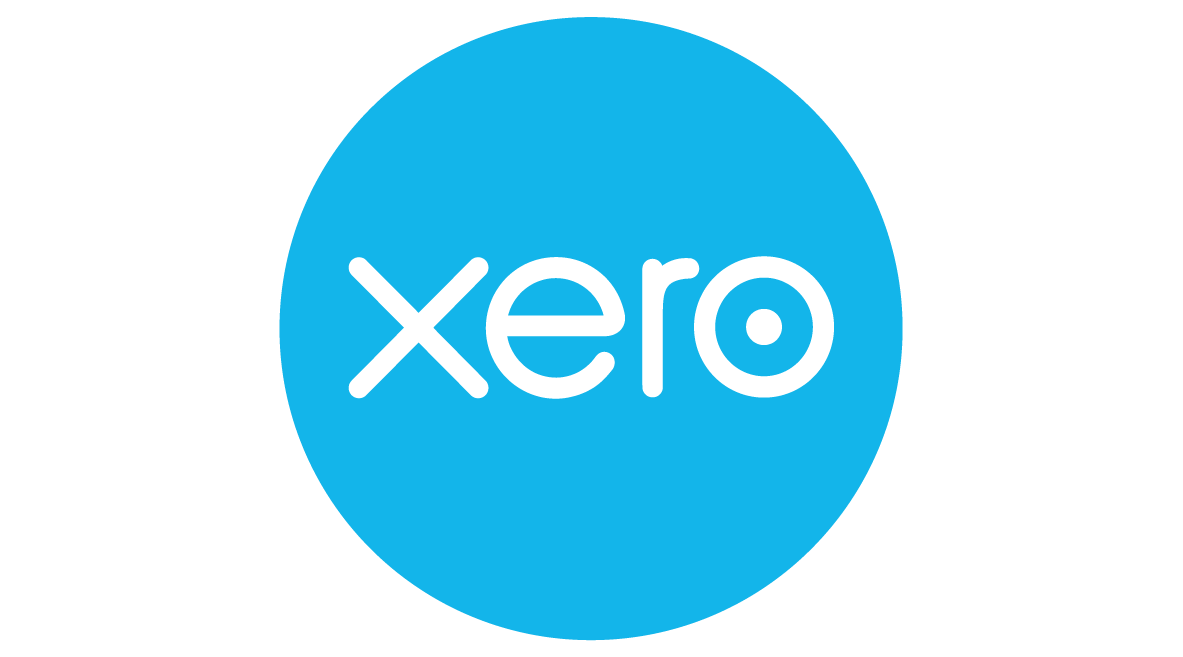 Xero NerdWallet Rating Learn more on Xero's website | $15/month Additional pricing tiers (per month): $42, $78. | 30-day free trial or monthly discount (terms vary). | Learn more on Xero's website |
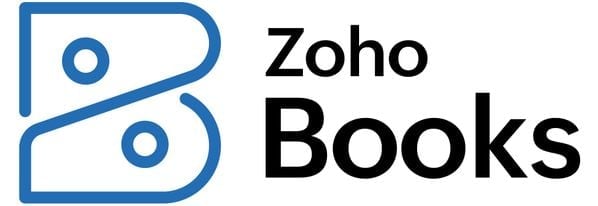 Zoho Books NerdWallet Rating Learn more on Zoho Books' website | $0 Additional pricing tiers (per month): $20, $50, $70, $150, $275. | 14-day free trial of the Premium plan. | Learn more on Zoho Books' website |
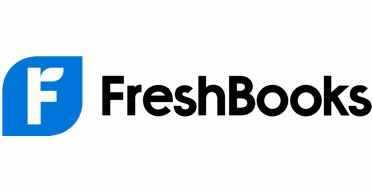 FreshBooks NerdWallet Rating Learn more on FreshBooks' website | $19/month Additional pricing tiers (per month): $33, $60, custom. | 30-day free trial or monthly discount (terms vary). | Learn more on FreshBooks' website |
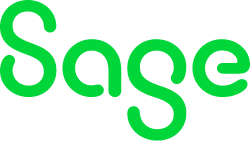 Sage 50 Accounting NerdWallet Rating Learn more on Sage's website | $59/month Additional pricing tiers (per month): $101.92, $172. | Discount for the first year (terms vary). | Learn more on Sage's website |
 Wave Accounting NerdWallet Rating | $0 Additional pricing tiers (per month): $16 | N/A | |
 QuickBooks Enterprise NerdWallet Rating | $1,481/year Additional pricing tiers (per year): $1,922; $2,363; $4,668. Adding users or cloud access costs extra. | 30-day free trial | |
 Striven NerdWallet Rating Learn more on Striven's website | $35/month Per user. Additional pricing tiers per user (per month): $70. | 7-day free trial | Learn more on Striven's website |
A closer look at our top accounting software picks
QuickBooks Online
» MORE: Best alternatives to QuickBooks
Many of the household accounting software names, such as QuickBooks, Xero and Zoho Books, can be classified as integrated accounting software solutions. This means that in addition to maintaining a general ledger and assisting with day-to-day bookkeeping, the software includes functions for tracking accounts receivable and accounts payable, reconciling bank transactions (often with some level of automation for convenience and time-saving), managing inventory and purchase orders and handling the billing process.
Xero
» MORE: Best alternatives to Xero
Zoho Books
» MORE: Best Zoho Books alternatives
To find startup accounting software that will best serve your business at any stage, consider scalability as well as strong customer support. You will also want to choose software that uses the accrual basis accounting method for recording transactions. It’s a more detailed (and therefore more involved) method of accounting, but for many businesses — especially those tracking a large amount of inventory and those in need of a business loan — it’s the preferred method.
FreshBooks
» MORE: Best alternatives to FreshBooks
Sage 50 Accounting
Also sometimes called on-premise software, desktop accounting software must be locally installed on a specific computer and can only be accessed from that one device or location. For some small-business owners, this type of program feels more secure than online accounting software from a data protection perspective, though regular manual backups are necessary to protect against total loss of data in the event of a technology failure.
Wave Accounting
» MORE: Best free accounting software
QuickBooks Enterprise
Striven
» MORE: Best business software
How we determined the best accounting software
NerdWallet independently reviews accounting software products before determining our top picks. We collect the data for our software ratings from products’ public-facing websites and from company representatives. Information is gathered on a regular basis and reviewed by our editorial team for consistency and accuracy.
NerdWallet’s accounting software ratings favor products that are easy to use, reasonably priced, have a robust feature set and can grow with your business. The best accounting software received top marks when evaluated across 10 categories and more than 30 subcategories. Learn more about how we rate small-business accounting software.
These ratings are meant to provide clarity in the decision-making process, but what’s best for your business will depend on its size, growth trajectory and which features you need most. We encourage you to research and compare multiple accounting software products before choosing one.NerdWallet does not receive compensation for any reviews. Read our editorial guidelines.
How to choose accounting software
Ideally, your accounting software will make your day-to-day routine easier through automation. Here are some key factors to consider when researching and choosing the best accounting software for your small business.
Accessibility: Cloud-based software enables access through any device with an internet connection. This generally allows for easier collaboration with accountants and seamless integration with other business software. Desktop-based software, however, can only be accessed from a single computer.
Scalability: Take a look at products’ plan offerings, including how many employees and users the software can support, to make sure you can upgrade to a more robust version of the software as your business grows. If you anticipate rapid or high growth, consider accounting software for medium-sized businesses.
Your budget: Determine how much your business can afford to spend monthly on accounting software in conjunction with other recurring costs, like utilities, rent and additional software subscriptions for a POS system or payroll, for example. If you’re a solopreneur and want to keep costs down, check out our list of best accounting software for freelancers and the self-employed.
Ease of use: Accounting software that isn’t intuitive and user-friendly can take up an unnecessary amount of your time or discourage you from using it as often as you should to keep your finances in order. Test out free trials of accounting software, request a demo and watch tutorial videos to get a feel for navigating the software.
Integrations: Think about the other types of software you already use or plan to use, and check to see if direct integrations are available between those products and the accounting software you’re considering. If not, you may need to pay for an indirect integration or manually transfer data from one product to another.
Customer support: Think about what time of the day you’re most likely to reach out for assistance and how you’d like to communicate with customer service representatives. Free accounting software options typically offer less robust customer support solutions than paid products do.
Sharing with your accountant: If you’re working with an outside accountant, take note of how easy (or not) a product makes it for you to share your financial details and reports with your accountant. Many popular accounting software products allow you to easily share access, but some require upgrades to costlier plans for this access and some products only enable you to export data to be sent to your accountant.
How much does accounting software cost?
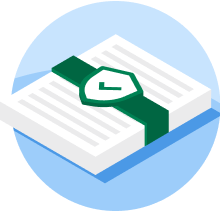



Compare NerdWallet’s top accounting software picks by features
To help determine which accounting software is best for your business, start by comparing each product’s maximum user limit, invoicing capabilities, time-tracking tools, inventory tracking features and phone support availability.
Maximum users | Invoicing | Time tracking | Inventory tracking | |
|---|---|---|---|---|
Up to 25 in Advanced plan. | Unlimited. | Can manually enter time in Essentials plan and higher; automatic time tracking costs extra. | Yes, but only in Plus plan and higher. | |
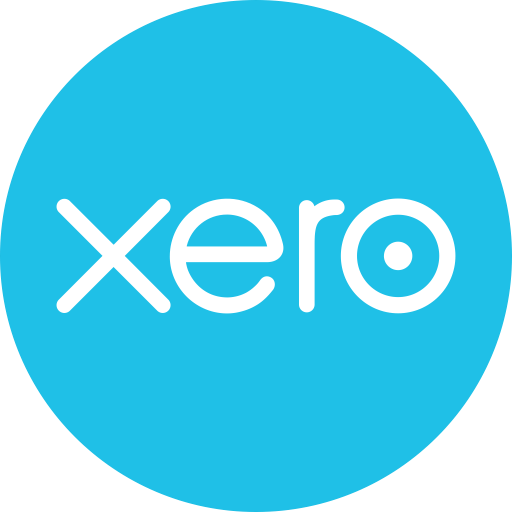 5.0 NerdWallet rating | Unlimited. | 20/month in Early plan; unlimited in higher-tier plans. | Yes, but only in Established plan. | Yes. |
Up to 15 in Ultimate plan. Additional users cost extra. | 1,000/year in free plan; up to 100,000/year in paid plans. | Yes, in paid plans. | Yes, Zoho Inventory offers free, integrated plans. | |
 4.5 NerdWallet rating | Up to two in Select plan. Additional users cost extra. | Unlimited, but Lite and Plus plans cap number of billable clients. | Yes. | Yes. |
Free plan is limited to one user. Must subscribe to paid plan to add additional users. | Unlimited. | No. | No. | |
Up to 40 in Quantum Accounting plan. | Unlimited. | No. | Yes. | |
Up to 40, but each user license costs extra. | Unlimited. | Yes, but only in Diamond plan and fees apply. | Yes. | |
 3.5 NerdWallet rating | Unlimited, but each user license costs extra. | Unlimited. | Yes. | Yes. |
Table of Contents




